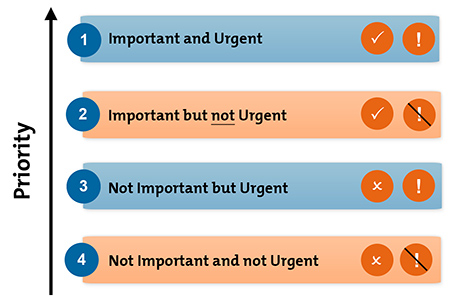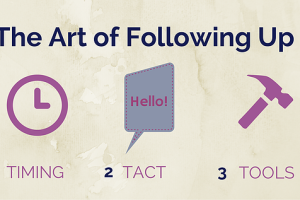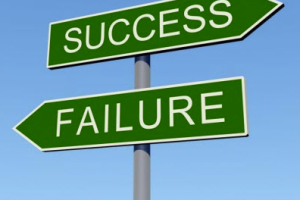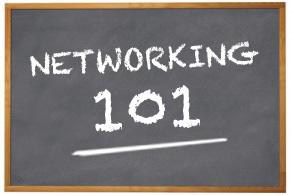Planning how many tasks to put in a day is not as easy as it’s cut out to be. There’s more to making a to-do list than just write, do and cross out. The number 1 with to-do lists is – prioritize. I’m sure you will find a million things to do today, but be honest - are all of them equally important? Can you distinguish between the ones that need to be done right now and those that can be postponed? Let’s discuss some ways to boost your productivity.
Method 1: Plan Your Tomorrow Today.
Start introducing a new habit: plan the things you need to finish tomorrow the evening before. So, on Sunday evening, plan and schedule your week accordingly so that you are not overwhelmed when you arrive at the office on Monday morning to find that pile of work waiting for you. Monday is Monday, and we can’t make it our favorite day in the week no matter how hard we try. However, you can minimize the Monday’s stress if you plan things properly the day before. Thinking one day ahead will reduce Monday morning procrastination and increase your day’s efficiency. This will put you into the right state of mind for the rest of the week.
Also, we must not underestimate the power of sleep and dreams. It’s very important that you think about the upcoming day’s work before you go to sleep because, while you are sleeping, your brain is working hard on searching for solutions - they will often show themselves to you in the morning. Many great scientists made their groundbreaking inventions and discoveries exactly like this.
Method 2: Categorize and Number Your Tasks.
Not all tasks are equally important, so classify them according to their urgency. The easiest way to classify your daily chores is into A, B and C tasks. A are imperative tasks, B are important tasks that are not so pressed for time, and C are the tasks you’d like to complete during that day, but aren’t as urgent or important as the other tasks. Next, number each of the tasks from a particular group. For example, identify your task A1 and start doing it.
Beware of the procrastinator in you. Start with the most important tasks and finish with the easy ones, your mind, workflow, and results with thank you later (live by the 80-20 rule).
Method 3: Finish Tasks in Batches.
Tim Ferris, author of the best seller The 4 Hour Work Week, made a great point by saying that you will save a lot of time if you complete similar activities in batches. For example, instead of replying to emails as they come, set a certain time of the day just for that. Don’t spread out writing reports throughout the week, but do all of them in one day. The rationale behind this is that switching between tasks brings more harm than good. Studies have shown that every time you are interrupted from one activity, it will take you about 15 minutes to get back into the flow.
Method 4: Eisenhower’s Decision Matrix: Distinguishing between Important and Urgent
In one of his speeches, President Eisenhower said once: “I have two kinds of problems: the urgent and the important. The urgent are not important, and the important are never urgent.” The “Eisenhower Decision Matrix” has been known for its efficiency and effectiveness and has been widely cited in the world of psychology and time management theories ever since.

Method 5: Getting Things Done
Getting Things Done method involves finishing small tasks first, dividing big tasks into smaller chunks, and then completing them too. The logic behind this approach is to avoid getting lost among too many chores. Just get your tasks out on the paper, organize them as fast as possible and start completing them. The point is to treat each task as small and doable.
Method 6: Pomodoro Technique
Pomodoro technique was created in the late 1980s by Francisco Cirillo. It was named after the kitchen timer, Pomodoro (‘tomato’ in Italian) which Cirillo used while he was a university student. The idea behind it is that we are more productive if we work in short time spans and take frequent breaks — as long as we don’t get distracted. Work in 25 minute intervals with 5 minute breaks between them. Each 25 minute interval is one Pomodoro and it which should be dedicated to completing one task. After 4 Pomodoros you can take one, longer, 15-30 minute break. You must guard your Pomodoro from interruptions. If you do interrupt it, you must start the Pomodoro over again.
The idea behind Pomodoro is that any job perceived as dreary and dreadful will take loads of time and might not even be finished in the end, whereas small, achievable tasks will be easier to complete. Frequent breaks make the user more productive as long as they stay focused on the work and don’t get distracted.
Aside from these methods, there are many other ways to improve productivity. Find ways to maximize your daily productivity by creating the right habits and using every moment of your time mindfully and efficiently.
Finally, turn to technology for help; it is a lot more than just a distraction!
Nowadays there are so many productivity apps intended to save your time and make your daily tasks run smoothly that it would be a shame not to make the most of them.









Speak Your Mind